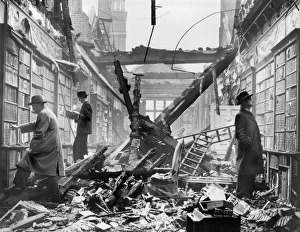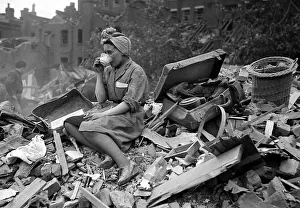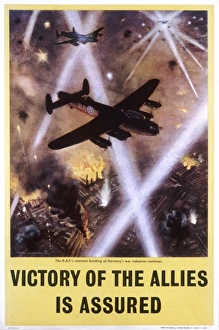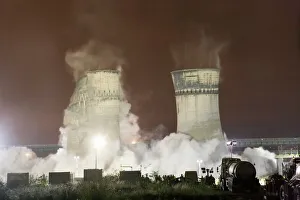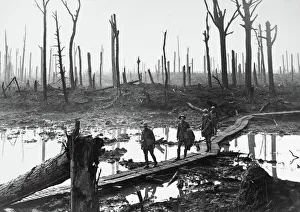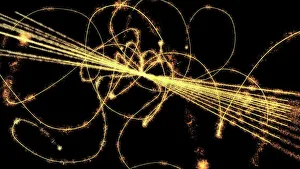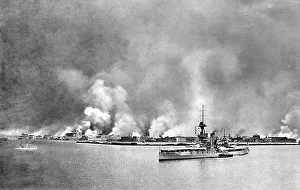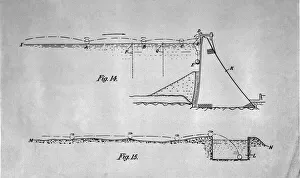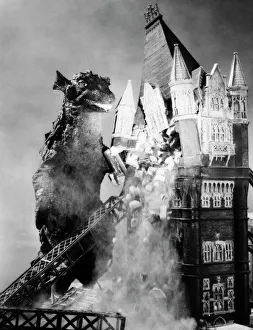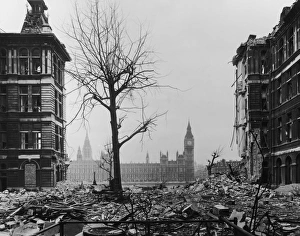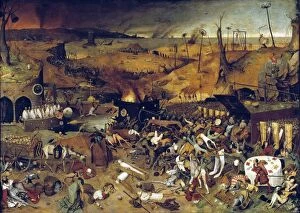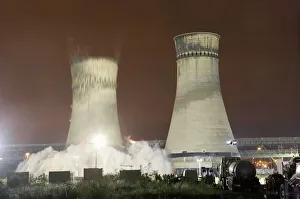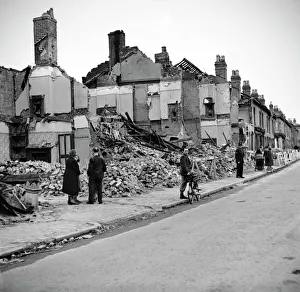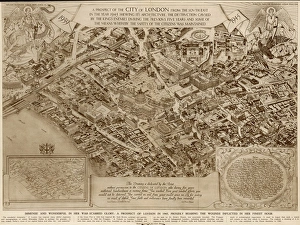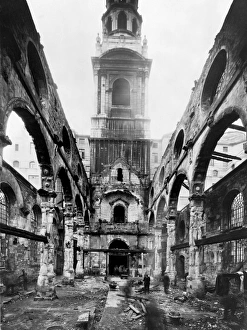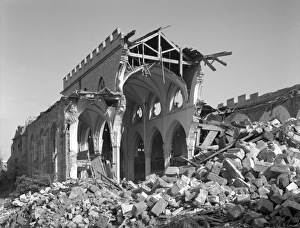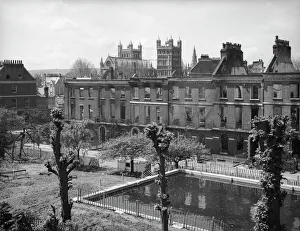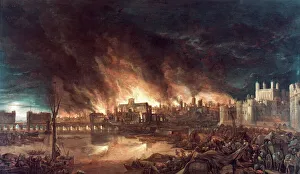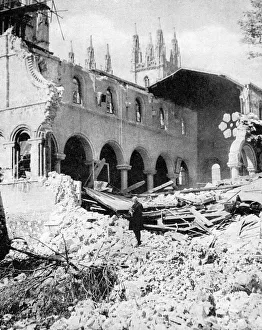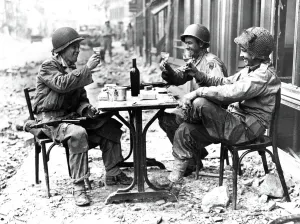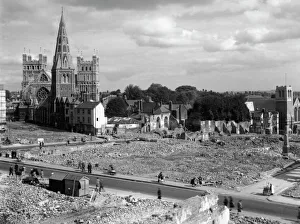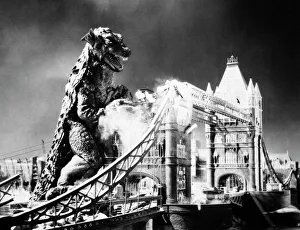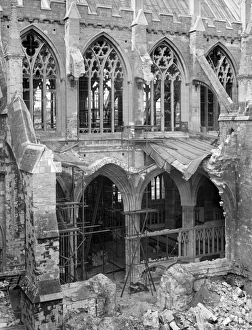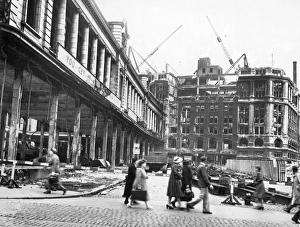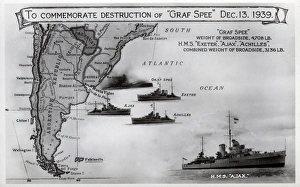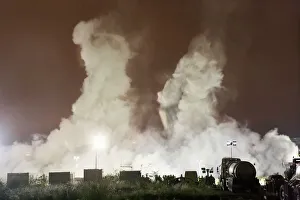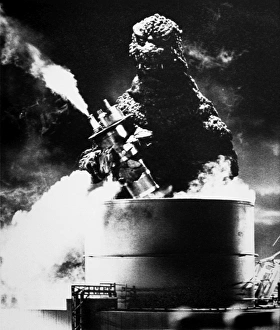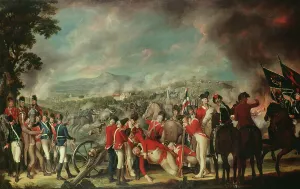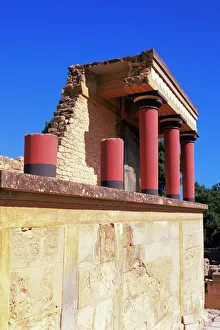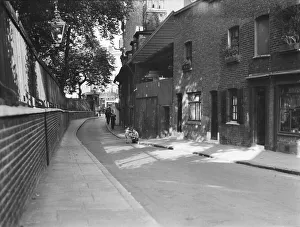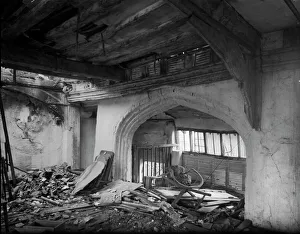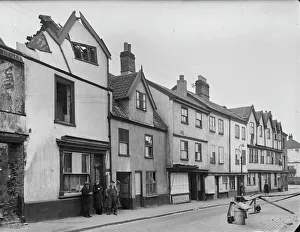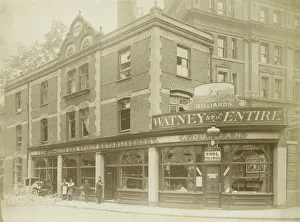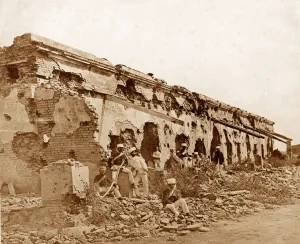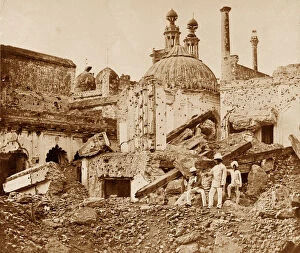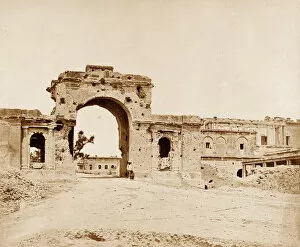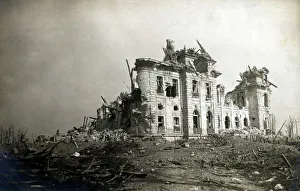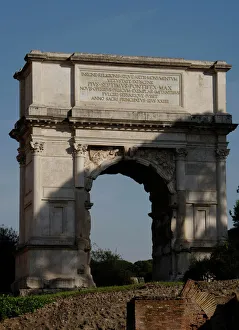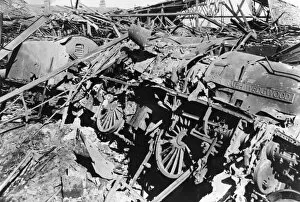Destruction Collection
"Destruction: A Haunting Reminder of the Ravages of War" The Holland House library, once a sanctuary for knowledge and culture
All Professionally Made to Order for Quick Shipping
"Destruction: A Haunting Reminder of the Ravages of War" The Holland House library, once a sanctuary for knowledge and culture, reduced to rubble after a devastating air raid in BB83_04456. Amidst the chaos and destruction at New Cross, a woman finds solace in a simple cup of tea, symbolizing resilience amidst the ruins left by merciless air raids. Tinsley cooling towers stand as towering remnants of an industrial landscape scarred by bombings during wartime Sheffield, serving as haunting reminders of the destructive power unleashed upon innocent lives. A propaganda poster for the RAF captures both the heroism and devastation that war brings - showcasing their might while acknowledging the destruction it leaves behind. The City of London in 1945 bears witness to its own rebirth from ashes; buildings shattered but spirits unbroken, as hope rises amidst scenes of desolation. HMS Iron Duke witnessed firsthand the Great Fire of Smyrna in 1922 - an inferno that consumed an entire cityscape and forever etched into history as one of humanity's darkest moments. EVNT2A-00183 portrays an eerie aftermath where streets are lined with debris and broken structures serve as grim reminders that even mighty cities can crumble under relentless bombardment. St Thomas Hospital stands battered yet defiant after being targeted by enemy bombs - a testament to unwavering dedication towards healing amidst chaos and destruction. The Bouncing Bomb represents mankind's ingenuity turned weapon - capable not only inflicting widespread destruction but also altering warfare strategies forevermore through innovative engineering feats. Bruegel's "Triumph of Death" painting serves as a chilling reminder that destruction is not limited to wars alone; it lurks even within art itself, depicting mortality's triumph over life's fragility with vivid strokes on canvas.

